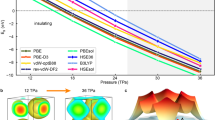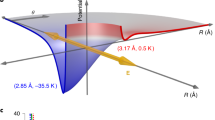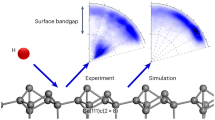Abstract
IT has become a general supposition that the validity of Bohr's theory of the spectra of hydrogen and helium would be definitely proved if certain faint components very close to the hydrogen lines given by Balmer's formula could be found experimentally. On the other hand, if the components were not found after exhaustive search, the theory would be disproved. This supposition is quite incorrect, and in view of the remarkable paper by Mr. E. J. Evans in the current number of the Philosophical Magazine, which describes the successful discovery and measurement of these components, it becomes a matter of urgency to indicate at once why such components can give no test of any theory of spectral production.
This is a preview of subscription content, access via your institution
Access options
Subscribe to this journal
Receive 51 print issues and online access
$199.00 per year
only $3.90 per issue
Buy this article
- Purchase on SpringerLink
- Instant access to full article PDF
Prices may be subject to local taxes which are calculated during checkout
Similar content being viewed by others
Author information
Authors and Affiliations
Rights and permissions
About this article
Cite this article
NICHOLSON, J. The Spectra of Helium and Hydrogen. Nature 94, 642 (1915). https://doi.org/10.1038/094642b0
Issue date:
DOI: https://doi.org/10.1038/094642b0
This article is cited by
-
Resisting the Bohr Atom: The Early British Opposition
Physics in Perspective (2011)



